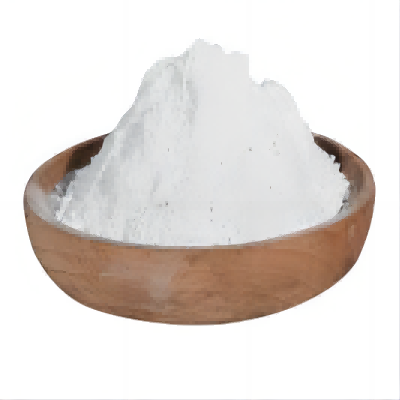2,3-Dimethylindole CAS:91-55-4
2,3-Dimethylindole finds various applications in organic synthesis, medicinal chemistry, and materials science. Its versatile reactivity and potential biological activity make it a valuable compound for researchers in these fields. Organic Synthesis: In organic chemistry, 2,3-Dimethylindole is utilized as a key intermediate for the synthesis of various complex molecules. It undergoes diverse reactions such as substitution, cyclization, and condensation to produce functionalized indole derivatives. These derivatives serve as important building blocks in the synthesis of pharmaceuticals, agrochemicals, and other fine chemicals. Medicinal Chemistry: The presence of two methyl groups in 2,3-Dimethylindole offers important opportunities in medicinal chemistry research. By modifying the position and nature of these groups, researchers can influence the biological activity and pharmacological properties of resulting compounds. The indole framework itself is often found in biologically active compounds, and incorporating 2,3-Dimethylindole into drug candidates can enhance their potency, selectivity, or other desirable characteristics. Researchers utilize this compound to explore the structure-activity relationship of indole-based compounds and develop novel therapeutics. Materials Science: Beyond its use in organic synthesis and medicinal chemistry, 2,3-Dimethylindole has applications in materials science. It can serve as a precursor for the synthesis of functional materials, such as polymers or organic electronics. The unique electronic and optical properties of 2,3-Dimethylindole-derived compounds make them suitable for applications like organic light-emitting diodes (OLEDs), solar cells, and sensors. By modifying the molecular structure of 2,3-Dimethylindole, researchers can tailor the properties of resulting materials to meet specific requirements. In conclusion, 2,3-Dimethylindole is a versatile compound with applications in organic synthesis, medicinal chemistry, and materials science. Its ability to act as a building block for diverse molecules, combined with its potential biological activity, makes it a valuable tool in the development of pharmaceutical agents, functional materials, and fine chemicals.



| Composition | C10H11N |
| Assay | 99% |
| Appearance | white powder |
| CAS No. | 91-55-4 |
| Packing | Small and bulk |
| Shelf Life | 2 years |
| Storage | Store in cool and dry area |
| Certification | ISO. |









